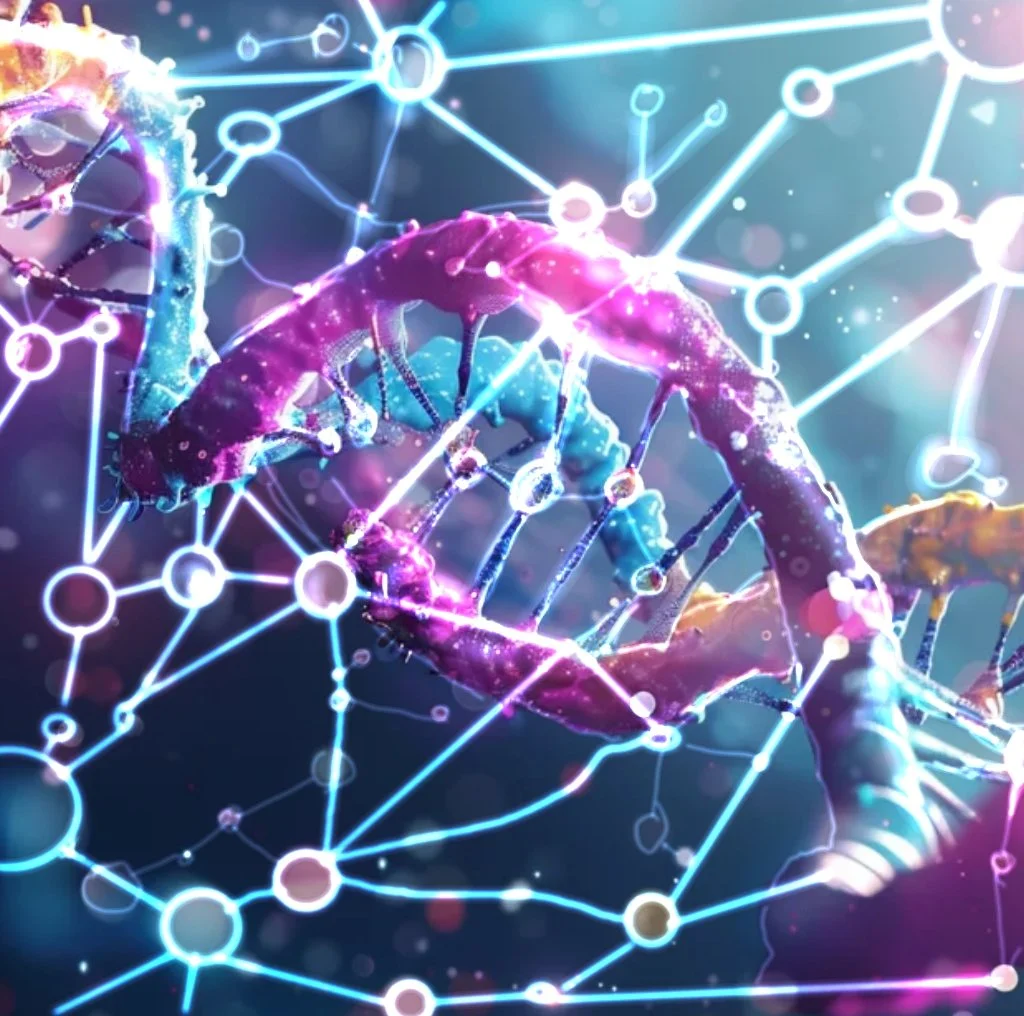
Walmart’s SuperAgents: Why Semantics and Knowledge Graphs Are the Real Foundation
Walmart’s SuperAgents highlight the surface magic of AI orchestration. But the real value lies beneath: shared semantics, aligned ontologies, and a long-term investment in knowledge graphs that let agents coordinate reliably.
Revisiting the Neural-Symbolic Loop: GPT-5 and Ontologies in Tandem
With GPT-5, the synergy between LLMs and ontologies is clearer than ever. Larger context, multimodal input, and tool use let models help build ontologies — and ontologies, in turn, strengthen LLM reasoning, creating a self-reinforcing loop of improvement.
From Tables to Meaning: Building True Data Products with Ontologies
‘Semantics’ is often misused, yet it defines the very essence of meaning. Large Language Models hold a latent, globalised semantics — but not yours. True differentiation lies in owning your meaning through Knowledge Graphs and ontologies that reflect your reality, not the world’s average.
Semantics Is Meaning: The Hidden Structure That Makes You Unique
‘Semantics’ is often misused, yet it defines the very essence of meaning. Large Language Models hold a latent, globalised semantics — but not yours. True differentiation lies in owning your meaning through Knowledge Graphs and ontologies that reflect your reality, not the world’s average.
From Entropy to Intelligence: Redefining Boundaries with Knowledge Graphs
Organisations behave like dissipative systems — optimising locally while exporting entropy to the whole. To become AI-native, we must redraw our boundaries, dissolving silos and integrating intelligence at the organisational level. Knowledge Graphs provide the connective tissue for this transformation, turning chaos into coherence.
Head of Data & AI: Reversing the Flow of Intelligence
Forward-thinking organisations are realising that their AI strategy is their data strategy. The next frontier isn’t extracting intelligence from data — it’s embedding intelligence back into it. By using AI to shape, connect, and structure data through ontologies and knowledge graphs, we create systems that truly reflect how the business thinks.
Why Use a Knowledge Graph?
In the AI arms race, data isn’t just fuel - it’s the architecture for the intelligence you train. Yet most enterprises still rely on 20th-century data architectures for 21st-century intelligence. Your CRM is a vault of customer interactions, your ERP tracks orders, and your analytics tool crunches numbers - each a walled garden. AI is meant to be the brain that connects them all, but it can’t - because these systems weren’t designed for AI.








